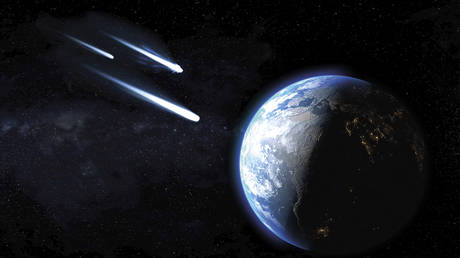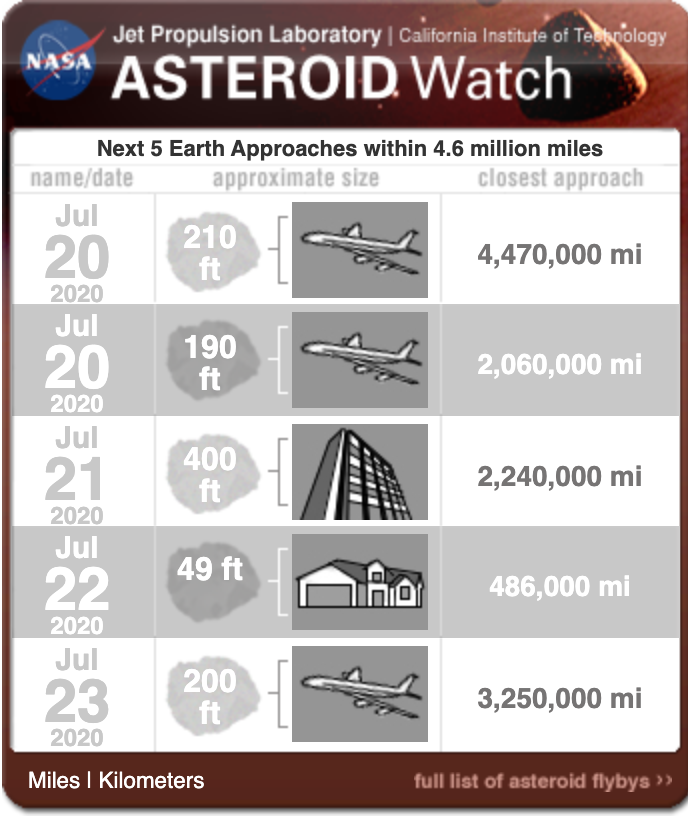
As NASA reports that five more asteroids are headed our way this week, four of which are over 50 meters in diameter, research from Brazil has identified some 19 space rocks of interstellar origin in our solar system.
Scientists at Sao Paulo State University’s Institute of Geosciences and Exact Sciences have identified asteroids formed in another solar system in the galaxy, and classified them as Centaurs.
These 19 ‘alien’ asteroids are located between the orbits of Jupiter and Neptune, and were spotted thanks to their unusual path around our solar system, according to one of the study’s lead authors, Maria Helena Moreira Morais.
As an example, Morais and her team highlighted asteroid 514107 Ka’epaoka’awela, which is Hawaiian for “mischievous opposite-moving companion of Jupiter.”
The space rock’s orbit corresponds to that of Jupiter, but it revolves around the sun in the opposite direction. The researchers then used a computer simulation they say “works like a time machine” tracing its trajectory backwards by 4.5 billion years to far beyond the edges of our solar system.
“When we identified it as an object that came from outside the solar system, we didn’t know whether it was an isolated case or part of a vast population of immigrant asteroids,” Morais said. “In this latest study, we recognized 19 Centaurs of interstellar origin.”
All planets and asteroids from our solar system come from a thin disk of gas and dust that once orbited the sun. When the disk broke up, everything expanded outwards along a plane, so any outsiders would likely have missed the memo and would therefore be relatively easy to spot, given their unusual orbits.
“Our simulation showed that, 4.5 billion years ago, these objects revolved around the sun in orbits perpendicular to the disk’s plane. In addition, they did so in a region distant from the gravitational effects of the original disk,” Morais said.
These kinds of studies examine “the importance of interstellar matter to the chemical enrichment of the solar system,” and might help us find new sources of elements that are running out here on Earth, such as helium.
Meanwhile, closer to home, the Earth will be buzzed by no fewer than five more local asteroids this week, ranging in diameter from a paltry 15 meters to a whopping 120 meters – or roughly twice the height of the Leaning Tower of Pisa.
Thankfully, all but one will pass us at a safe distance of between 3.3 million kilometers and 7.1 million kilometers. However, just to keep us on our toes, on Wednesday, a 15-meter asteroid will shoot past at a distance of around 782,000 kilometers.

Think your friends would be interested? Share this story!




